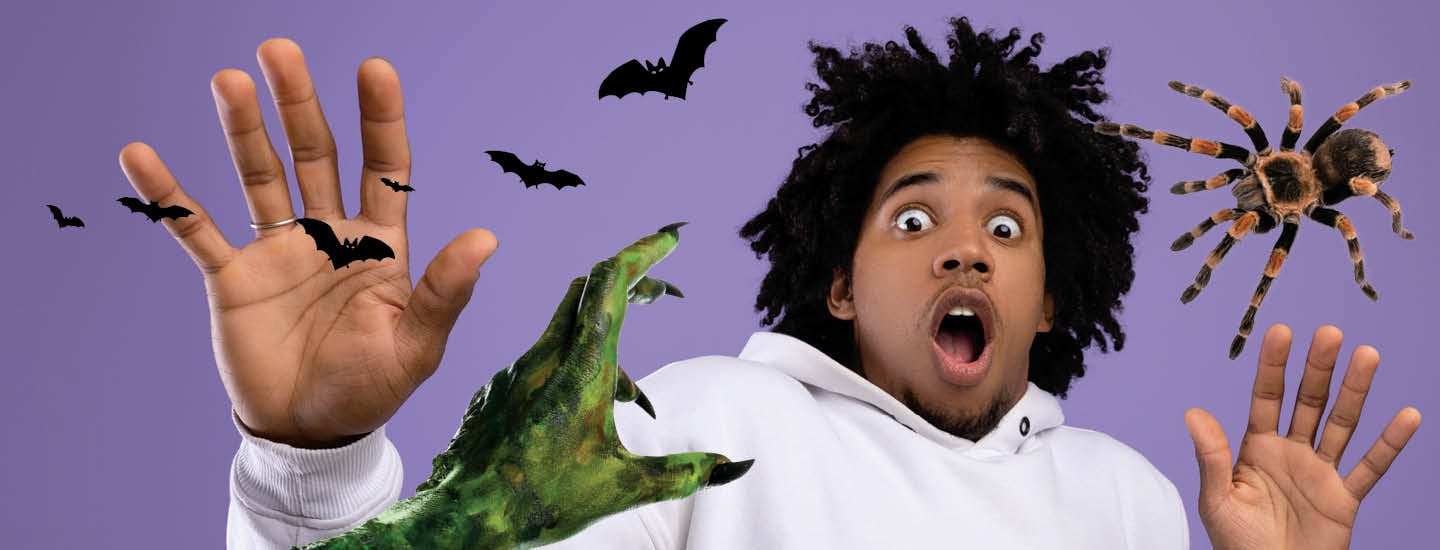You’re in a pitch-dark room. Your heart pounds. Your palms are sweaty. Suddenly, there’s a flash of light. In that split second, you see a zombie in the corner. You can’t hold it in any longer. You scream. Ahhhhhhhhhhhh!
This is the scene at Dystopia Haunted House. You’re not just here for fun—you’re here for science. Cameras record your every move. A device strapped to your chest measures your heart rate.
Hopefully your scream will teach scientists about why we love being scared.
You’re in a dark room. Your heart pounds. Your palms sweat. Suddenly, there’s a flash of light. You see a zombie. You can’t help it. You scream. Ahhhhhhhhhhhh!
You’re at Dystopia Haunted House. You’re not here just for fun. You’re here for science. Cameras record your actions. A device on your chest measures your heart rate.
You’re helping scientists learn about why we love being scared.
You’re in a pitch-dark room. Your heart pounds, and your palms are sweaty. Suddenly, there’s a flash of light. In that split second, you see a zombie in the corner. You can’t hold it in any longer. You scream. Ahhhhhhhhhhhh!
This is the scene at Dystopia Haunted House. You’re not here only for fun—you’re also here for science. Cameras record your every move, and a device strapped to your chest measures your heart rate.
Hopefully your scream will teach scientists about why we love being scared.

